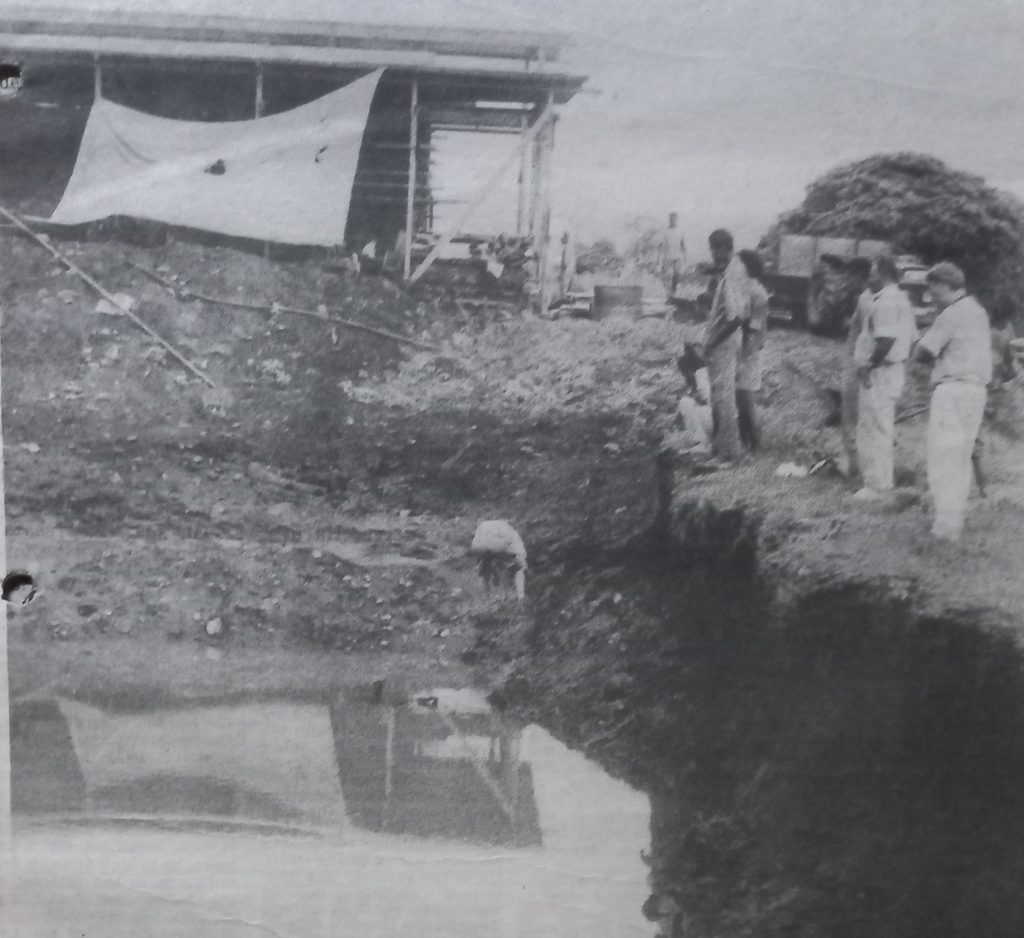IN 1992, the Fiji Museum investigated a pottery find, believed to be 500 years old in Tavua.
According to a report published by The Fiji Times on Friday, April 24, 1992, museum officials thought the pottery would have been from an old village site.
The find was reported to the museum by a field party from the government’s Mineral Resources Department.
It was found on a site where clay was extracted for use in a new brick manufacturing works constructed and operated by Tavua villagers.
The clay was excavated from a large pit beside the site at Tavua Village.
Museum field research officer Sepeti Matararaba, accompanied by New Zealand archaeologist Andrew Crosby, visited the site to determine the significance and extent of the find.
Mr Crosby said the pottery was about 500 years old and probably represented an earlier site of the Tavua Village, located to the east of and over half a metre below the current village site.
The pottery was found in a layer extending for at least 60 metres, though it probably extended further beneath the modern village.
Mr Crosby said the pottery had been covered in a layer of alluvial clay, indicating that the old village may have been abandoned and buried as a result of flooding, possibly from the nearby Tavua River.
Both men found a concentrated area of marine shells.
These were likely to be the remains of food eaten at the village.
Samples of the shells and pottery were taken to the museum for tests.
Mr Matararaba said the museum was grateful whenever people reported finds to the museum.



